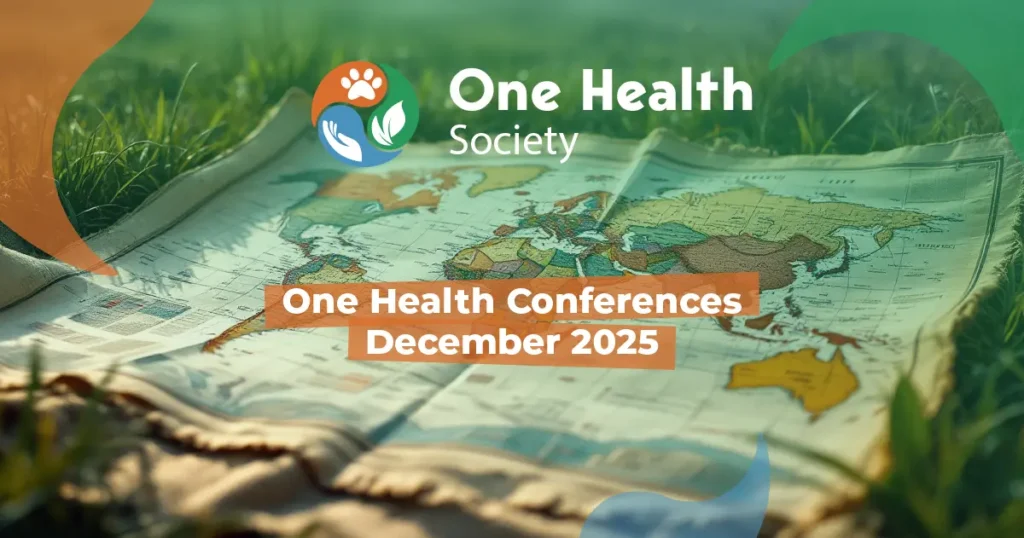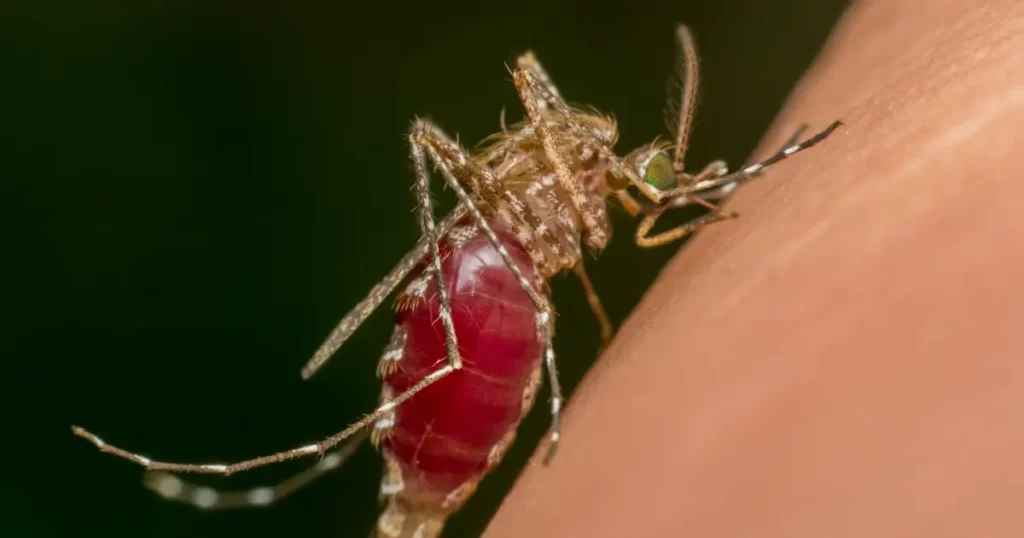Introduction
Wildfires and Health are intrinsically linked, impacting human, animal, and environmental well-being. As wildfires grow in frequency and severity due to climate change and unsustainable land-use practices, they pose increasing threats to global health. Understanding these risks is essential for medical professionals, veterinarians, and environmental scientists to develop strategies for prevention and response. This article explores the epidemiology of wildfires, their consequences for health, and the policies needed to address their impact.
You're viewing a members-only article.
To keep reading, please log in or join the One Health Society.
Stay connected to exclusive insights, expert commentary, and opportunities to collaborate across the fields of human, animal, and environmental health.
Already a member? Log In
New here? Join the One Health Society - become One
Epidemiology of Wildfires
Wildfires result from a combination of natural and human factors. Rising temperatures, prolonged droughts, and deforestation have intensified wildfire outbreaks. Human activities such as agricultural burning and urban expansion in fire-prone areas further exacerbate risks. Epidemiological studies confirm that exposure to wildfire smoke and burned landscapes leads to significant health consequences. [1]
Human Health Impacts
Respiratory and Cardiovascular Issues
Wildfire smoke contains fine particulate matter (PM2.5), carbon monoxide, and volatile organic compounds that penetrate deep into the lungs and bloodstream. Exposure to these pollutants increases respiratory illnesses, exacerbates asthma and chronic obstructive pulmonary disease (COPD), and contributes to cardiovascular conditions. [2] Children, the elderly, and individuals with pre-existing conditions are particularly vulnerable.
Psychological and Long-Term Effects
Beyond physical ailments, wildfires trigger psychological distress, including anxiety, depression, and post-traumatic stress disorder. [3] Repeated exposure to fire-related stressors may lead to chronic mental health issues, necessitating comprehensive disaster response strategies.
Animal Health Impacts
Domestic Animals and Livestock
Pets and livestock suffer burns, smoke inhalation, and dehydration. Destroyed grazing lands lead to malnutrition and weakened immune systems in affected animals. [4] Veterinary intervention is crucial to managing injuries and preventing disease outbreaks.
Wildlife and Ecosystem Disruptions
Wildfires force wildlife to migrate, increasing interactions with humans and raising the risk of zoonotic disease transmission. Habitat destruction reduces biodiversity, disturbing ecological balance and making ecosystems more vulnerable to invasive species. [5]
Environmental Health Consequences
Air Quality and Pollution
Post-wildfire runoff introduces ash, debris, and heavy metals into water sources, affecting both human and animal populations. [7] Contaminated water requires extensive treatment to restore safe consumption levels.
Water Contamination
Post-wildfire runoff introduces ash, debris, and heavy metals into water sources, affecting both human and animal populations. [7] Contaminated water requires extensive treatment to restore safe consumption levels.
Soil Degradation and Land Erosion
Loss of vegetation cover reduces soil stability, leading to erosion and loss of fertile land. This degradation disrupts agriculture, natural habitats, and makes landscapes more fire-prone in the future. [8]
Wildfires as a Driver of Zoonotic Diseases
The displacement of wildlife due to habitat destruction increases contact between animals and humans, elevating zoonotic disease risks. For example, rodent populations displaced by fires may invade urban areas, spreading diseases such as hantavirus. [1] Changes in vector populations, such as mosquitoes and ticks, further contribute to disease transmission.
Public Health and Environmental Policy Strategies
Early Warning Systems and Surveillance
Advanced wildfire prediction models using satellite imagery and meteorological data can enhance early detection and response. Public health agencies must collaborate with environmental experts to monitor wildfire-related health impacts. [2]
Community Education and Protective Measures
Public health campaigns should educate communities about wildfire risks and protective measures, such as using air purifiers, wearing N95 masks, and minimizing outdoor exposure during wildfire events. Indigenous fire management knowledge can also contribute to sustainable land-use strategies.
Sustainable Land Management and Fire Prevention
Effective policies must incorporate controlled burns, firebreaks, and afforestation initiatives to mitigate wildfire risks. Strengthening biodiversity conservation and promoting sustainable agriculture can enhance ecosystem resilience. [3]
International Collaboration on Wildfire Management
Given the transboundary nature of wildfire smoke, international cooperation is essential. Countries should share best practices, invest in wildfire-resistant landscapes, and implement climate adaptation strategies. [4]
Conclusion
Wildfires and Health highlight the interconnectedness of human, animal, and environmental health. Addressing wildfire impacts requires interdisciplinary collaboration, sustainable land-use management, and robust public health interventions. By integrating One Health principles into wildfire response strategies, we can mitigate risks and safeguard global health.
References
- Abram, N. J., et al. (2021). “Connections of climate change and variability to large and extreme forest fires in southeast Australia.” Communications Earth & Environment, 2(1), 1-17. Retrieved from: https://doi.org/10.1038/s43247-020-00065-8 [Accessed on February 5, 2025].
- Bowman, D. M., et al. (2009). “Fire in the Earth system.” Science, 324(5926), 481-484. Retrieved from: https://doi.org/10.1126/science.1163886 [Accessed on February 5, 2025].
- Flannigan, M., et al. (2013). “Global wildland fire season severity in the 21st century.” Forest Ecology and Management, 294, 54-61. Retrieved from: https://doi.org/10.1016/j.foreco.2012.10.022 [Accessed on February 5, 2025].
- Johnston, F. H., et al. (2012). “Estimated global mortality attributable to smoke from landscape fires.” Environmental Health Perspectives, 120(5), 695-701. Retrieved from: https://doi.org/10.1289/ehp.1104422 [Accessed on February 5, 2025].
- Moritz, M. A., et al. (2012). “Climate change and disruptions to global fire activity.” Ecosphere, 3(6), 1-22. Retrieved from: https://doi.org/10.1890/ES11-00345.1 [Accessed on February 5, 2025].
- Pausas, J. G., & Keeley, J. E. (2019). “Wildfires as an ecosystem service.” Frontiers in Ecology and the Environment, 17(5), 289-295. Retrieved from: https://doi.org/10.1002/fee.2044 [Accessed on February 5, 2025].
- Reid, C. E., et al. (2016). “Critical review of health impacts of wildfire smoke exposure.” Environmental Health Perspectives, 124(9), 1334-1343. Retrieved from: https://doi.org/10.1289/ehp.1409277 [Accessed on February 5, 2025].
- Westerling, A. L., et al. (2006). “Warming and earlier spring increase western US forest wildfire activity.” Science, 313(5789), 940-943. Retrieved from: https://doi.org/10.1126/science.1128834 [Accessed on February 5, 2025].













